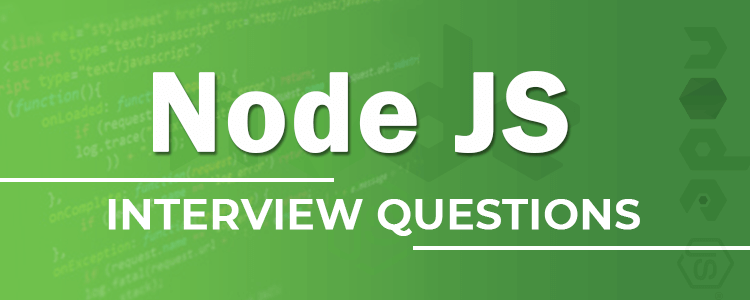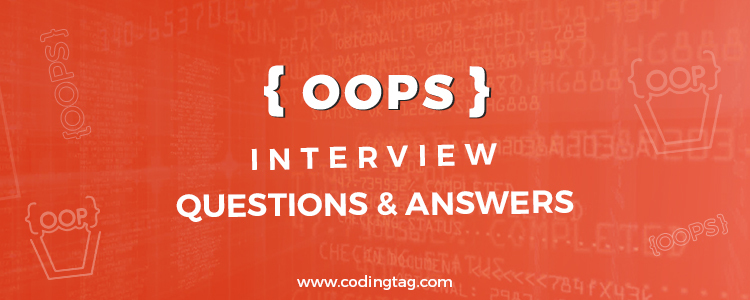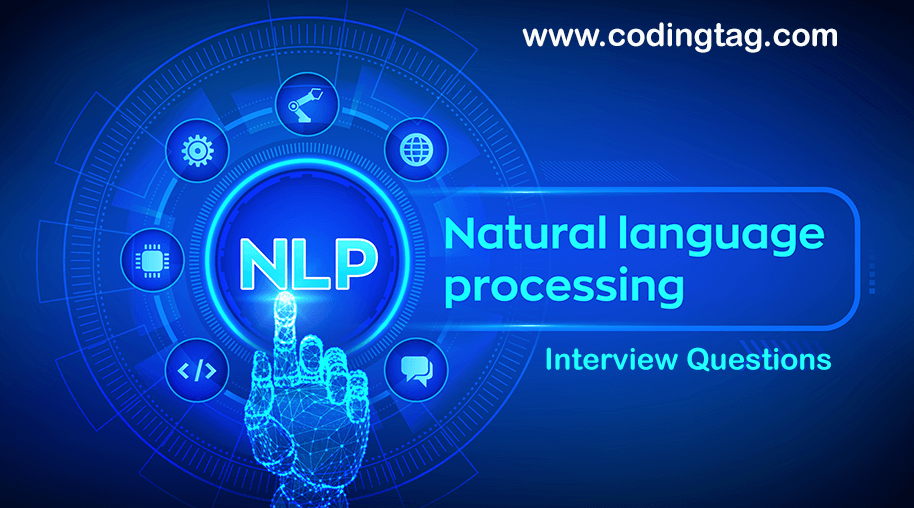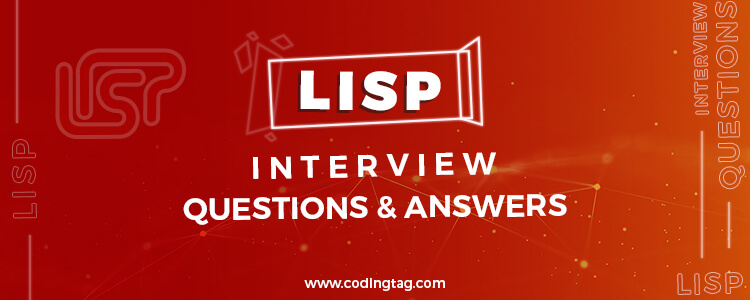Node.js Interview Questions
0 24136
With the booming demand for web and application development, the popularity of Node.js is also increasing through which a website can be developed using just JavaScript. It is also opening new gates of opportunities for aspirants who want to pursue their career as a Node.js developer.
If you are also one of the aspirants who want to prepare for your Node.js interview, take a look at our collection of most frequently asked Node.js interview questions.

1) What is Node.js?
Node.js is known as the server-side scripting language built on JavaScript V8 Engine which is used to build scalable and reliable applications.
It is an asynchronous, multi-threaded, and non-blocking programming language.
2) What do you mean when you say Node.js is Asynchronous Programming?
When Node.js transmits the client request to a web server, it never waits for API to return the data and carries out it's processing while API returns the data when the file is opened, that's why Node.js is called asynchronous.
3) What is the difference between Node.js and AngularJS?
| Node.js | AngularJS |
| It is a runtime environment for the development of web applications. | It is a framework for developing open source web applications. |
| Server-side applications are built. | Client-side applications are built. |
| Node.js uses various frameworks such as express.js, partial.js, etc. | AngularJS is a framework itself. |
| Mostly used for small scale development projects. | Used for large scale and reliable development projects. |
4) What is Package Manager in Node.js?
NPM is the standard package manager of Node.js which consists of various modules or packages required to build Node.js application.
5) How can you update npm in Node.js?
To update npm, we can use
$ sudo npm install -g npm
6) Explain the working of Node.js in brief.
Node.js consists of a single thread instead of multiple threads. Whenever a new request is made, an event is triggered which executes on some piece of code.
This way when the user makes a call to any database, the callback function runs after the call completion rather than blocking the request until it is returned.
7) Which tools are used to ensure consistency in Node.js?
Some of the tools which can ensure consistency in Node.js are:
- JSCS
- JSHINT
- JSLINT
- ESLINT
8) What are the benefits of Node.js?
Some of the benefits of Node.js are:
- Node.js libraries are very fast as they are built on JavaScript V8 Engine.
- There is no buffering required which makes the processing of media files faster.
- As node.js is built on a single-threaded mechanism, it is highly scalable to built large scale applications.
9) What is an error-first callback?
Error-first callback in Node.js is used to detect and inform about errors in the code. The first argument of the Error-first callback consists of error detected and the rest arguments consist of the data.
10) Where is the use of Node.js?
Node.js can be used to build I/O intensive web applications along with other web applications, distributive systems, and network applications.
11) What is the event loop in Node.js?
Node.js consists of a number of events that are stored as loop and whenever an event is triggered, the callback function is returned.
12) What is REPL in Node.js?
REPL is also known as Read, Eval, Print, Loop which also acts as an interactive console between the user and the server.
When any user enters a command in the console, the respective output is generated on the screen.
Don't Worry !! Now you can easily crack AngularJS Interview
13) Where is the underscore variable used in REPL?
When _ is used during the REPL session, the last evaluation of the expression is returned. In short, it is used to attain the last result of the session.
14) How do operational errors differ from programmer errors?
Operational errors refer to the errors which occur due to the malfunctioning of device or computers such as system failure, etc. However, programmer errors are the bugs that may occur due to the mistake of a programmer.
15) What are streams in Node.js?
Streams in Node.js refer to the Unix Pipe where any data can be easily read or transmitted.
The stream can be of three types: Read, write, and Duplex.
Read stream lets you read the stream, write stream is used to write the stream, and using duplex, both read and write operations can be done.
16) What do you understand by "Callback Hell"?
Callback Hell refers to the situation where a programmer runs callbacks again and again which makes the code lengthy and difficult to understand.
17) How can you avoid callback hell?
Some of the methods which can be implemented to avoid callback hell are:
- Using modules for repetitive codes
- Naming the functions
- Declaring the variables beforehand
18) How is child thread handled by Node.js?
As Node.js is single-threaded programming, any child thread is handled in the Node.js through callback or promises.
19) What are the different types of API functions in node.js?
Different type of APIs available in Node.js is:
- Get to get the user list
- Post to update
- Put to add data
- Delete to remove the data
20) Which license is used by Node.js?
Node.js uses Open Source MIT License.
21) What are some of the packages in NPM used for parsing the arguments?
Some of the packages in NPM used for argument parsing are:
- Commander.js
- Yargs
- Vorpal.js
- Minimist
22) How the blocking problem of I/O operations is managed in Node.js?
In order to manage the blocking problem of I/O operations in Node.js, the event loop is used instead of threads where in case of any event triggering, the callback is returned.
23) How can you import external libraries in Node.js?
Module.exports can be used to import the external libraries in Node.js.
24) How is Node.js different from Ajax?
Ajax is a client-side programming language that is majorly used to update the content of a website. However, Node.js is a server-side scripting language which is used to build overall web application or software.
25) What do you mean by chaining in Node.js?
Chaining in node.js is used to chain all the asynchronous sessions. It can be of two types: Parallel chaining and serial chaining.
26) What are the exit codes in Node.js?
Exit codes are used in Node.js to exit a specific process with some code. Normally, the process in Node.js is exited with 0 code in case all the asynchronous process has ended.
27) Can you name some of the exit codes in Node.js?
Some of the exit codes in Node.js are:
- FATAL ERROR
- UNCAUGHT FATAL EXCEPTION
- INVALID ARGUMENT
- SIGNAL EXITS
- INVALID DEBUG ARGUMENTS
28) What is the BeforeExit event in Node.js?
BeforeExit event in Node.js comes into picture when all the events in the loop have been completed and there is no additional work that needs to be scheduled.
29) What do you use tracing in Node.js?
Tracing in Node.js can be activated with tracing_modules or tracing_modules_category where one or more categories can be used with a comma separating them.
30) What is the difference between setImmediate and setTimeout?
SetTimeOut is used to queue the events in such a way that the event will be processed once all the ongoing and scheduled events are completed, where the actual time cannot be estimated.
However, SetImmediate is used to queue the events in such a manner that the event is queued just after the last event and if there is no scheduled event, it will be processed instantly.
If you practice the above top 30 node.js interview questions before going for your lined up interview, you have definitely crossed one step of your interview test.
In the above list, we have included both basic and advanced level questions which will help both fresher as well as experienced candidates.
We hope these questions will help you prepare for your node.js interview.
We wish you all the success!

Share:








Comments
Waiting for your comments